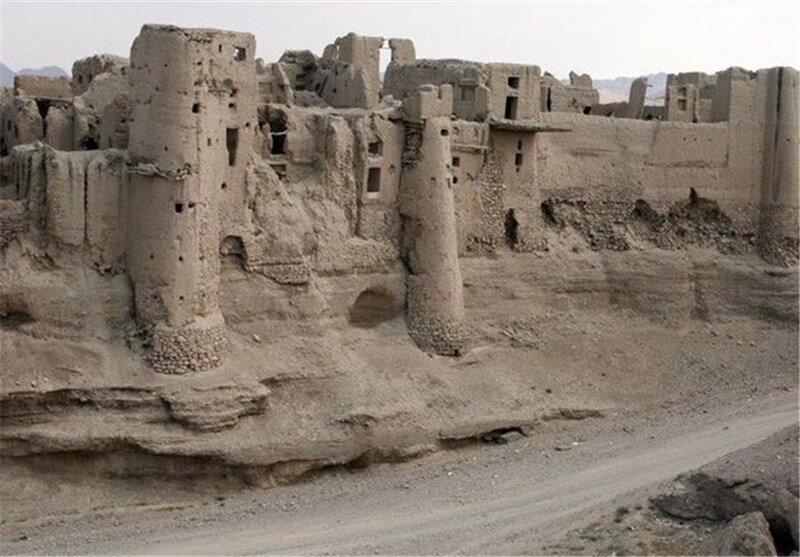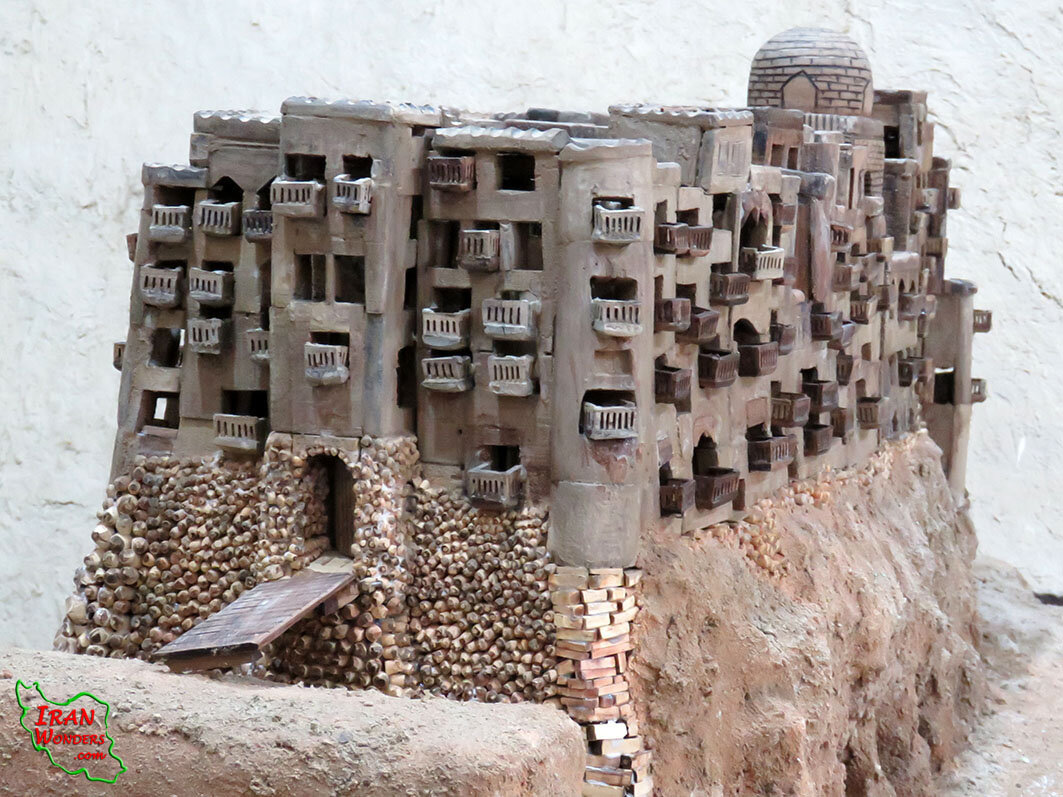Ruins of Izadkhast fortress undergoes restoration

TEHRAN–Restoration work has commenced on the ruins of Izadkhast fortress, which served as a strategic stronghold from the Sassanid era (224 CE–651) up to the early Islamic epoch.
“Today, Izadkhast fortress underwent a new restoration project with a budget of 330 million rials ($6.600),” Fars province’s tourism chief said on Saturday.
“Damaged stone sections of walls as well as some interior spaces will be treated in this round of restoration,” Seyyed Moayed Mohsen-Nejad said.
This historical fort is located on a trapezoidal rock that can only be entered through a movable bridge and a wooden door, the official said.

Situated 60 km away from Abadeh in a northward direction, the fortification was once adjacent to the ancient Silk Road between Isfahan and Shiraz. It is one of the oddest fortresses in the world that is made of adobe. It is reportedly the second-largest adobe building in the world after Arg-e Bam (Bam Citadel) in the southeastern province of Kerman.
The fort, collectively with its surrounding landscapes, has been nominated to the UNESCO World Heritage Tentative List since 2007 in the cultural category.
According to the UN cultural body, the historical complex has been situated on a natural base, along with unique characteristics. “The complex contains the castle of Izadkhast, one caravanserai, and the Safavid-period bridge. The works inside of the castle belong to different periods, from Sassanids to Qajars.”
The Sassanid era is of very high importance in the history of Iran. Under the mighty empire, Persian art and architecture experienced a general renaissance. Architecture often took grandiose proportions, such as palaces at Ctesiphon, Firuzabad, and Sarvestan, which are amongst the highlights of the ensemble.
In that epoch, crafts such as metalwork and gem engraving grew highly sophisticated, yet scholarship was encouraged by the state. In those years, works from both the East and West were translated into Pahlavi, the language of the Sassanians.
AFM
